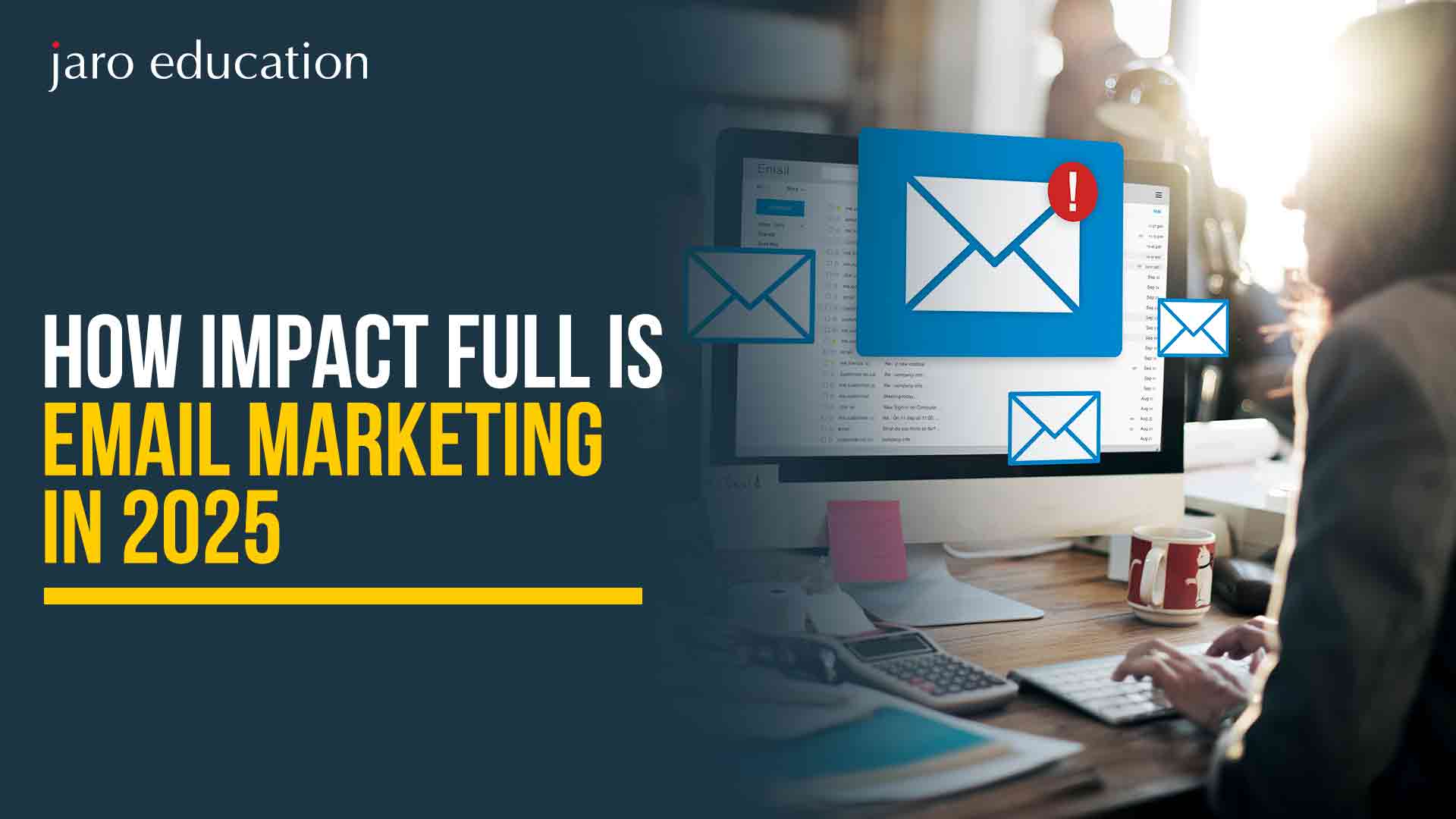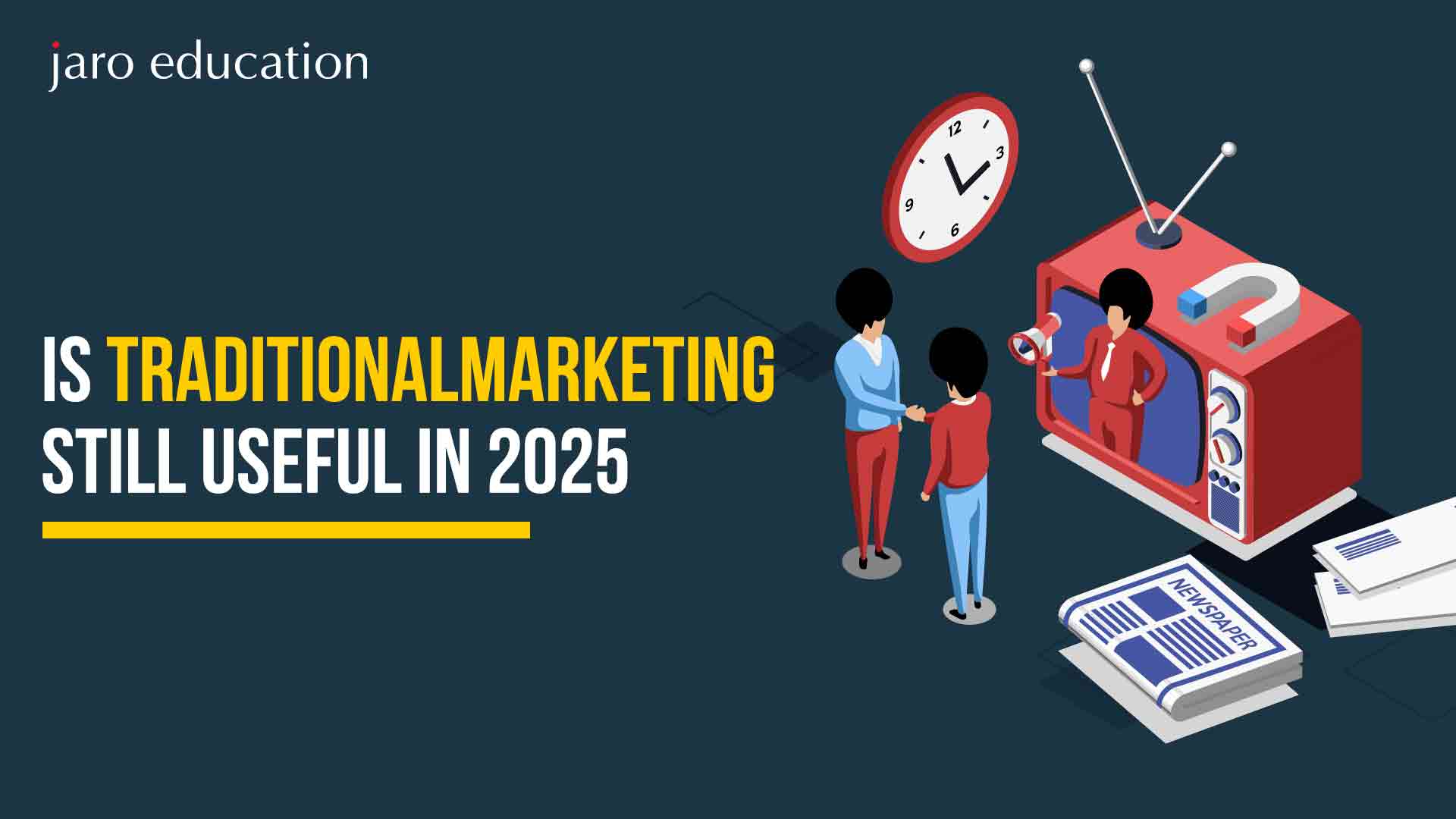Email Marketing Mastery: 7 Powerful Strategies,
Tools & Examples
Table of Contents
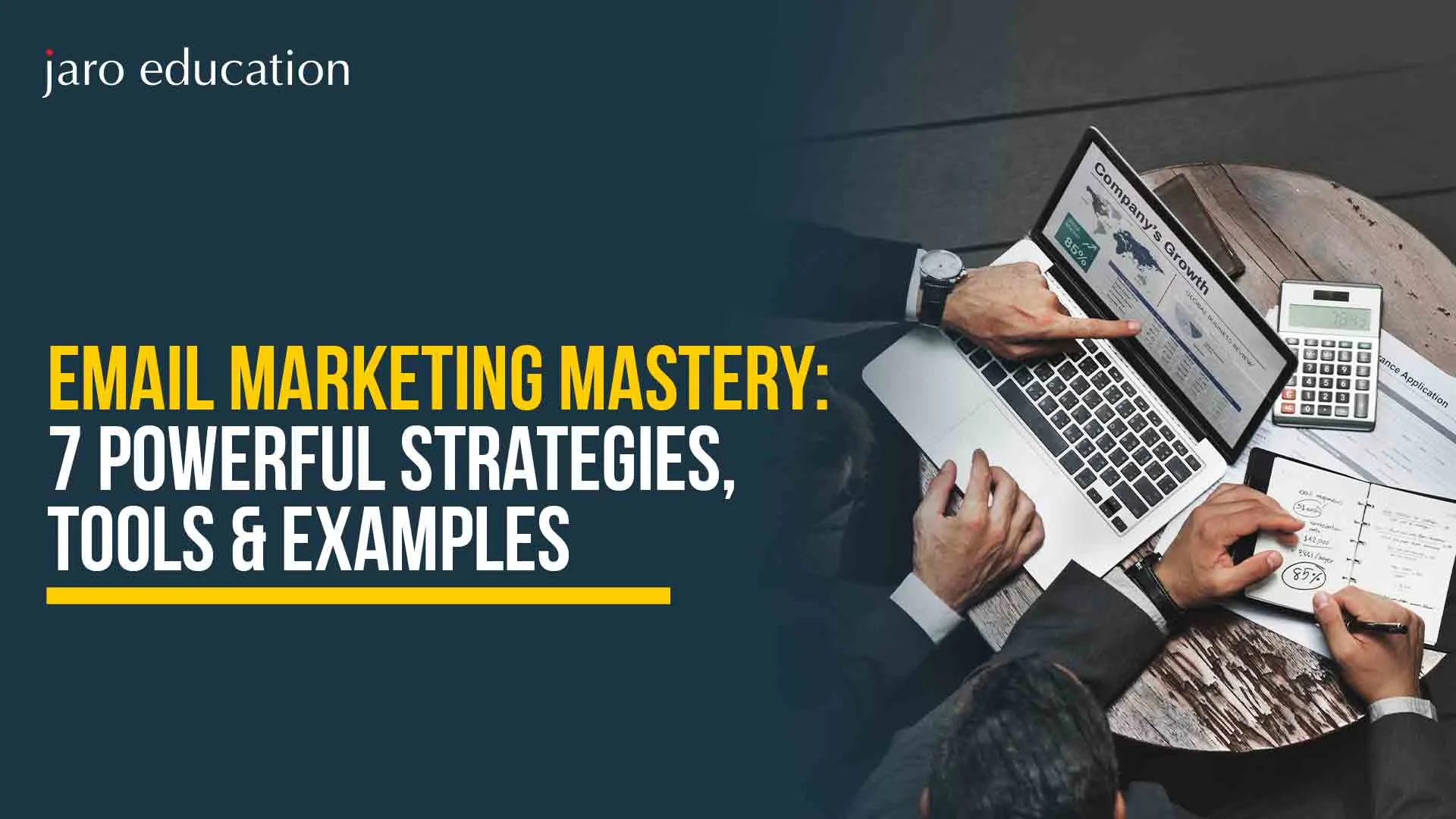
Let’s be honest—email marketing isn’t new. It’s been around longer than social media, chatbots, and even smartphones. But here’s the thing: despite being a bit old-school, email still packs a serious punch. Done right, it can drive conversions, boost engagement, and keep your brand top-of-mind without breaking the bank.
What’s changed, though, is how email marketing works today. People don’t just open every message they get anymore. Their inboxes are jammed with newsletters, promos, and the occasional suspicious “you’ve won a car!” spam. That means marketers have to be smarter, more strategic, and a whole lot more human in their approach.
This article dives into seven email marketing strategies that actually work in today’s crowded digital space. We’ll look at the tools pros are using, break down real email marketing examples, and give professionals a practical edge in refining their approach.

Why Email Still Matters in 2025
It’s easy to assume that newer platforms like Instagram or WhatsApp would make email irrelevant. But here’s a stat to chew on: for every ₹75 spent on email marketing, the average return is ₹3,000. That’s not just good ROI—that’s incredible.
The reason? Email gives brands direct access to people. No algorithms throttling reach, no paid boosts necessary. If someone’s opted into your list, they’ve invited you into their inbox. That’s a big deal.
It’s also scalable. Whether you’re a solo freelancer or a global company, the right email marketing strategies can grow with you. And when done well, they build long-term relationships, not just one-off clicks.
7 Email Marketing Strategies That Actually Work
Let’s cut the fluff. These strategies aren’t just theory—they’re rooted in what real marketers are doing successfully right now.
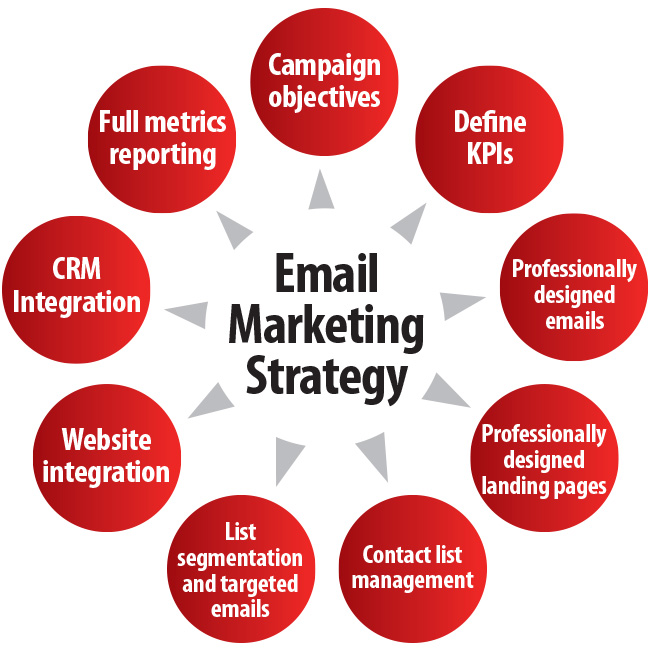
*business.nova.edu
1. Segment Like a Pro
One-size-fits-all emails? They don’t cut it anymore. Segmentation means grouping your audience based on behavior, interests, or demographics. Sending targeted content to a specific segment has been shown to boost open rates by up to 30%.
Start small. Maybe you split your list into first-time buyers vs. repeat customers. Or by location. Or by what content they clicked on last. The more relevant your message, the more likely it is to land.
2. Nail Your Subject Lines
If your subject line doesn’t catch someone’s eye, the rest of your beautifully crafted email won’t even get read. Keep it short, curious, and benefit-driven. Try using emojis (sparingly) or personalization—just adding someone’s name can improve open rates.
Also, test multiple versions. A/B testing isn’t fancy—it’s essential.
3. Automate the Essentials
Automation is like having an extra set of hands. Set up a welcome series, cart abandonment flow, or birthday emails. Once they’re running, they keep working in the background while you focus on other things.
It’s not about being robotic—it’s about being consistent without burning out.
4. Deliver Value First, Sales Later
No one wants to be sold to all the time. The best email marketing strategies start with value. Think how-to guides, tips, case studies, or just a little entertainment.
If your audience sees your emails as useful, not just promotional, they’ll open more of them. And when it’s time to pitch a product, they’ll care.
5. Optimize for Mobile
Nearly 70% of emails are opened on phones. If your design looks weird on mobile, you’re in trouble. Use responsive templates, keep paragraphs short, and make sure your CTA buttons are thumb-friendly.
Don’t forget to preview emails across devices. One weird layout glitch can tank your click-through rate.
6. Track Everything That Matters
Clicks, opens, bounce rates, unsubscribes—every number tells a story. Use them. If no one’s opening your emails, tweak the subject line. If they’re opening but not clicking, maybe the CTA needs work.
Use insights to refine your strategy, not just report on it.
7. Clean Your List Regularly
Sending to inactive users hurts deliverability. It’s better to have a lean list of engaged subscribers than a bloated one full of ghosts. Run re-engagement campaigns, and don’t be afraid to say goodbye to people who’ve gone silent for months.
It’s quality over quantity, always.
Tools That Make Email Marketing Easier (and Smarter)
Now let’s talk gear. The right tools can take your email game from good to excellent.
- Mailchimp: Great for beginners. Easy to use, solid automation.
- Klaviyo: Built for eCommerce. Smart segmentation and powerful integrations.
- ConvertKit: Perfect for creators—podcasters, YouTubers, writers.
- ActiveCampaign: Super customizable, great for B2B and advanced automations.
- Sendinblue: Budget-friendly with strong features for growing businesses.
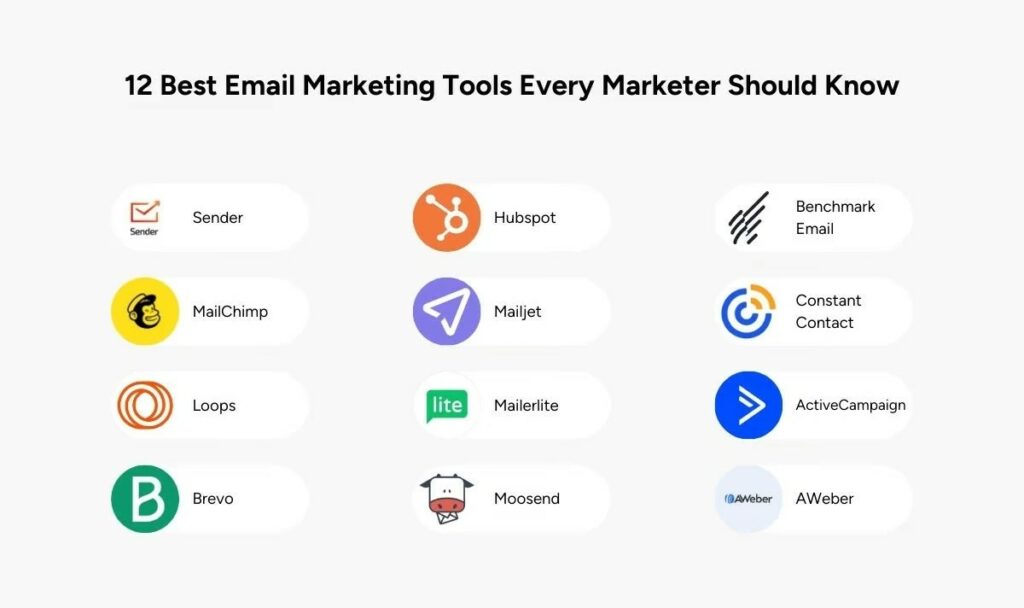
*cake.me
There are tons of other email marketing tools out there, but these five consistently get the job done for marketers of all levels.
Real Email Marketing Examples That Hit the Mark
Let’s get into some real-world stuff. These aren’t hypothetical—they’re actual successful email marketing strategies in action.
- Spotify’s Wrapped Campaign: It’s personalized, fun, and insanely shareable. Every year, people look forward to getting it. That’s email marketing done right.
- Duolingo’s Progress Reminders: Gamified and super simple. They make the user feel good for continuing, and guilty for skipping. Powerful psychology at play.
- Zomato’s Quirky Emails: Their tone is humorous, relatable, and very “un-marketing.” People open their emails just to be entertained.
The common thread? Relevance, personality, and timing.
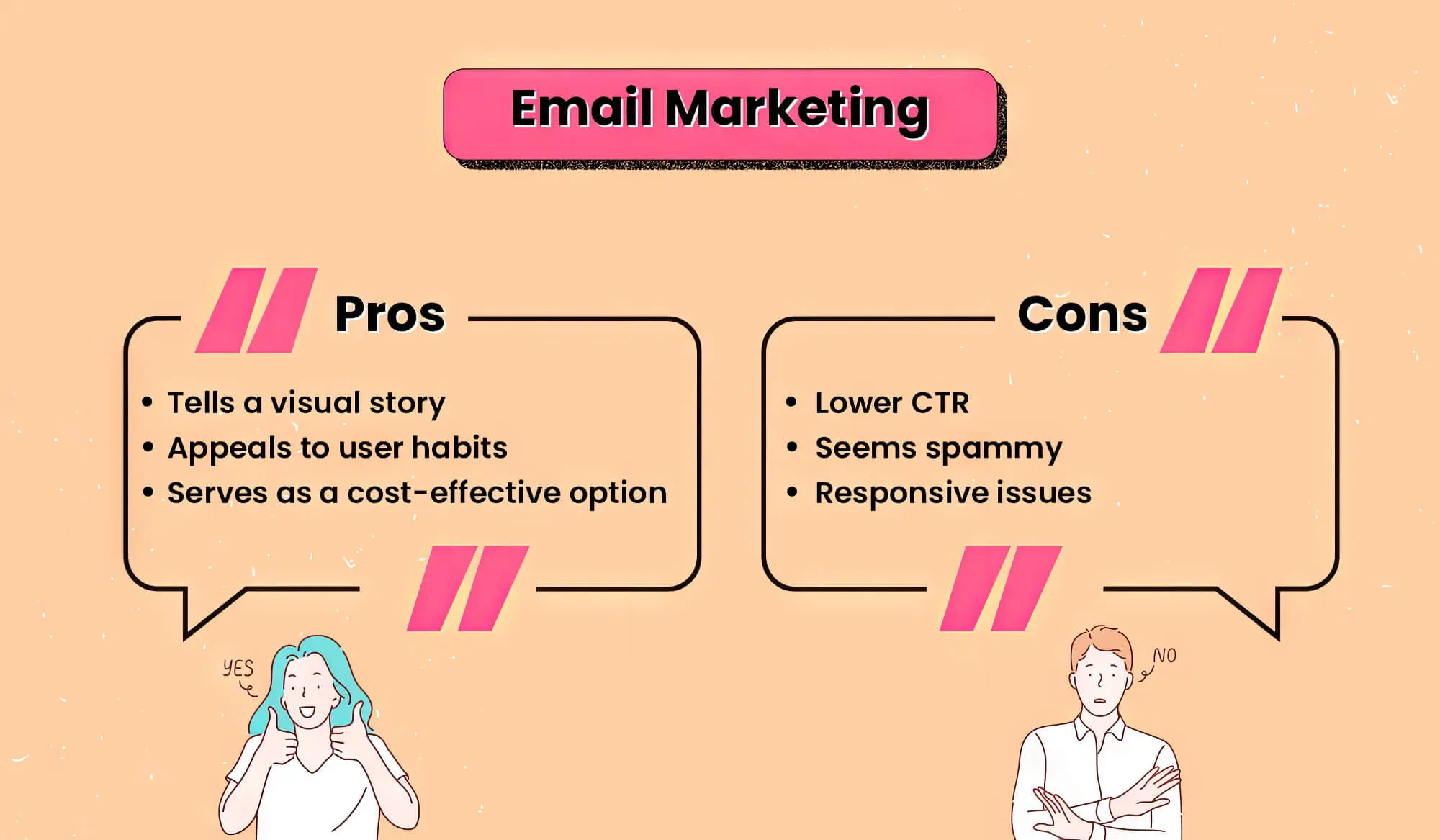
*sitecentre.com.au
Turning Unsubscribes Into Learning Moments
Let’s be real: people will unsubscribe. It happens to everyone. But here’s the thing—unsubscribes aren’t always a bad sign. Smart marketers use them as a feedback loop. Here’s how:
1. Don’t Take It Personally
Someone opting out isn’t always about your content. Maybe they’re overwhelmed, changing jobs, or just cleaning their inbox. Don’t panic or jump into damage control.
2. Offer an Exit Survey
Keep it optional and low-pressure. A quick “What made you unsubscribe?” with 3–4 choices (e.g., “Too many emails,” “No longer relevant,” “Content not useful”) can help you improve your strategy without guessing in the dark.
3. Let Them Manage Preferences
Sometimes people don’t want to unsubscribe entirely—they just want fewer emails. Offer frequency settings or topic-based opt-ins. You’d be surprised how many people stick around if they feel in control.
4. Track Patterns
If unsubscribes spike after specific campaigns, dig into them. Was the tone off? Did the CTA feel pushy? Unsubscribes are signals—treat them like analytics, not rejections.
5. Respect the Goodbye
No shady tricks. No guilt. No “Are you sure you want to leave us forever?” drama. Be classy. It builds trust, and you never know when someone might return.
Fast-Track Your Digital Career with Jaro Education
For professionals looking to sharpen their skills and move beyond trial-and-error email marketing, formal training can be a game-changer. That’s where Jaro Education, India’s most trusted online higher education company, comes in.
The Jaro’s Professional Certificate Programme in Digital Marketing for Performance & Growth, in collaboration with IIM Kozhikode, isn’t just another online course. It’s built to equip working professionals with actionable strategies across all major digital channels, including email marketing.
From mastering SEO and PPC to diving deep into performance metrics and campaign optimization, the programme is designed with real-world applications in mind. Participants gain access to case studies, simulations, tool-based workshops, and live projects. It’s not theory—it’s practical skill-building.
For anyone serious about becoming a digital marketing expert, especially in high-impact areas like email marketing, this course offers the kind of edge that can fast-track careers and unlock new opportunities.
Connect with us today to learn more about the programme.
Conclusion
Email marketing isn’t flashy. It doesn’t have the instant virality of TikTok or the visual punch of Instagram. But when done right, it quietly does what most platforms can’t—build lasting, profitable relationships with customers.
From segmentation and automation to killer subject lines and valuable content, the best email marketing strategies don’t rely on hacks. They rely on understanding people, delivering relevance, and respecting the inbox.
Whether you’re a seasoned marketer or someone just stepping into digital, mastering email is a skill that will always pay off.
Frequently Asked Questions
Q1. What are the most effective email marketing strategies right now?
Segmentation, personalization, mobile optimization, and value-first content lead the pack. These strategies focus on user experience and relevance.
Q2. Are there affordable email marketing tools for beginners?
Yes—tools like Mailchimp and Sendinblue offer free or low-cost plans with great features for beginners and small businesses.
Q3. How can I measure the success of my email campaigns?
Look at open rates, click-through rates, conversions, and unsubscribe rates. These metrics help you understand what’s working and what needs tweaking.
Q4. What’s the difference between good and great email marketing?
Good email marketing sends messages. Great email marketing sends the right message to the right person at the right time. The difference is strategy and relevance.
Q5. How can I learn email marketing in depth?
Professional courses like the one from IIM Kozhikode via Jaro Education are excellent for deep, structured learning that covers tools, strategy, and performance.













